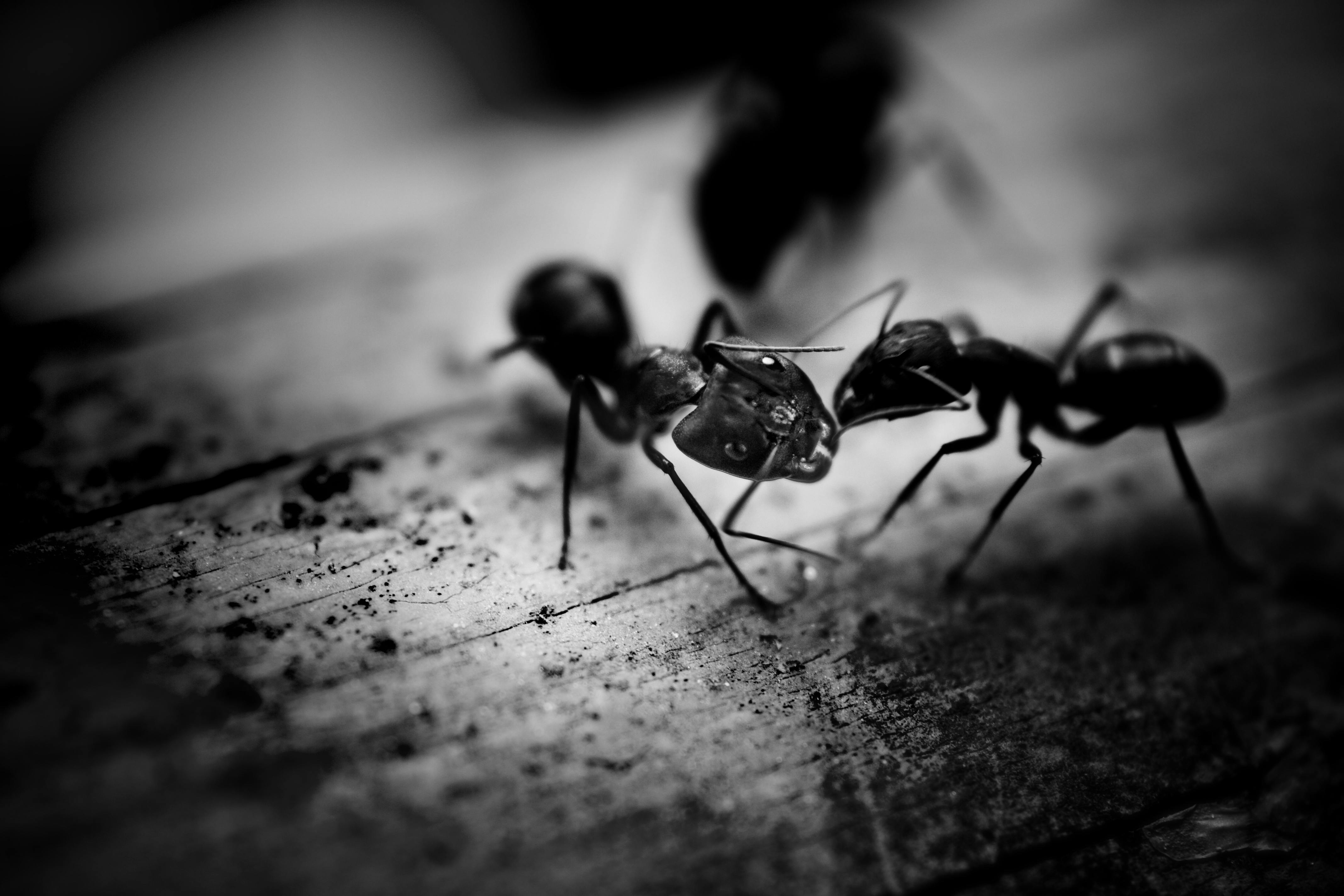The Intriguing World of Ant Farms: A Detailed Look at Formicaria
Get ready to delve into the fascinating world of ant farms, peeling back the layers of these tiny insect societies and understanding why they have captured human interest for centuries. Ant farms, or formicaria, as they are scientifically known, have a rich history. They were first developed in the early 20th century by a French entomologist who sought a way to study ant behavior up close. However, it was not until the mid-century that they became popular as a hobby and educational tool, particularly in America. The iconic ant farms that we know today, with their slim, glass-panelled designs, were first introduced by Milton Levine in 1956, and quickly gained traction as a popular pastime.

The Appeal of Ant Farms
There’s an undeniable allure to watching an entire society operate in miniature. Ant farms provide a rare opportunity to observe not just the individual ants, but also their complex social structures and behaviors. From the dedicated worker ants to the all-important queen, every member of the colony has a specific role, and watching these roles play out is both educational and mesmerizing.
The Market Impact and Cost of Ant Farms
Over the years, the industry surrounding ant farms has grown significantly. From simple glass and sand models to high-tech gel farms that provide both sustenance and a habitat for the ants, the variety of products available is extensive. Typical ant farms range in cost from $15 to $100, depending on the complexity and size of the farm. The hobby’s continued popularity has led to a thriving market, with numerous companies offering specialized products for ant enthusiasts.
The Modern Developments in Ant Farming
In recent times, ant farms have witnessed a resurgence in popularity, thanks to advances in technology and design. One major development is the introduction of 3D-printed ant farms, which allow for the creation of intricate, custom-designed habitats. Another significant advancement is the use of nutrient-rich gel as a substitute for soil, which provides the ants with both a habitat and a food source. This allows for a cleaner, more maintenance-free ant farm experience.
The Educational Value of Ant Farms
Beyond their appeal as a hobby, ant farms have significant educational value. They offer a tangible way to study social structures, division of labor, and the concepts of cooperation and conflict within a society. They are used in classrooms to demonstrate these concepts and to foster an interest in biology and natural sciences.
In conclusion, ant farms, with their rich history and modern advancements, offer an intriguing window into the world of ants. Their educational value and the sheer fascination of observing an ant society make them a hobby that continues to captivate people of all ages.




